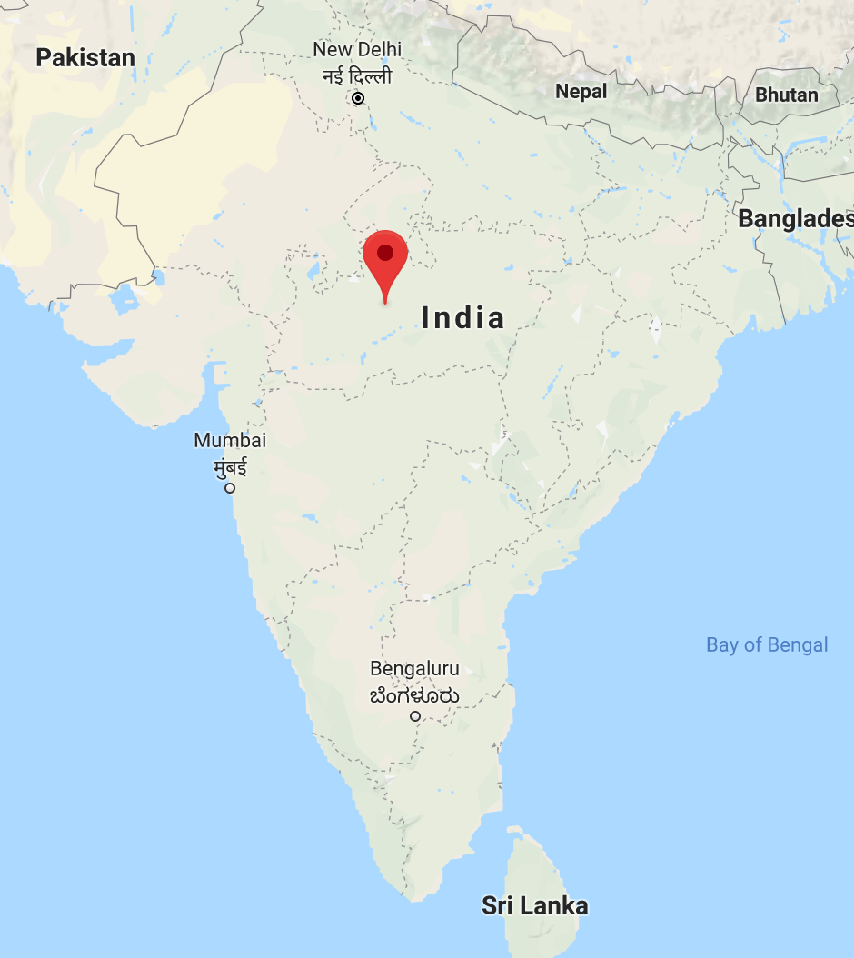Chemycal has been acquired by 3E
Learn MoreChemycal has been acquired by 3E
Learn MoreDiscover how Chemycal PRO helps you boosting your regulatory monitoring:

On December 3, 1984, a leak at a pesticide plant in the city of Bhopal, India caused the release of 40 tons of a highly toxic gas called methyl isocyanate – as well as a number of other poisonous gases – into the air. The poisonous gas had both immediate and lasting effects; it’s estimated that 500,000 people suffered at least some degree of exposure to the hazardous chemicals, with a total of 15,000 people who lost their lives – including those initially killed and others who passed away in the weeks and months that followed. And over thirty years later, the leaked toxic materials remain and many of those who were exposed to the gas have given birth to physically and mentally disabled children.
Today, the disaster at Bhopal is still considered the world’s deadliest industrial accident of all time. At the time, it raised urgent questions about how governments monitor and regulate hazardous chemicals. In the U.S., these questions resulted in several government actions, including the creation of the Emergency Planning and Community Right-to-Know Act (EPCRA) in 1986, which increased requirements for public awareness of hazardous chemicals and related emergency planning. It also played an important role in the authorization of the Chemical Safety Board (CSB) – a federal agency charged with investigating the causes of industrial chemical accidents with the goal of preventing their recurrence – in 1990 as part of the Clean Air Act amendments.
CONTINUE ON www.msdsonline.com
2013 © MyChemicalMonitoring. ALL Rights Reserved. About Us | Terms and Conditions